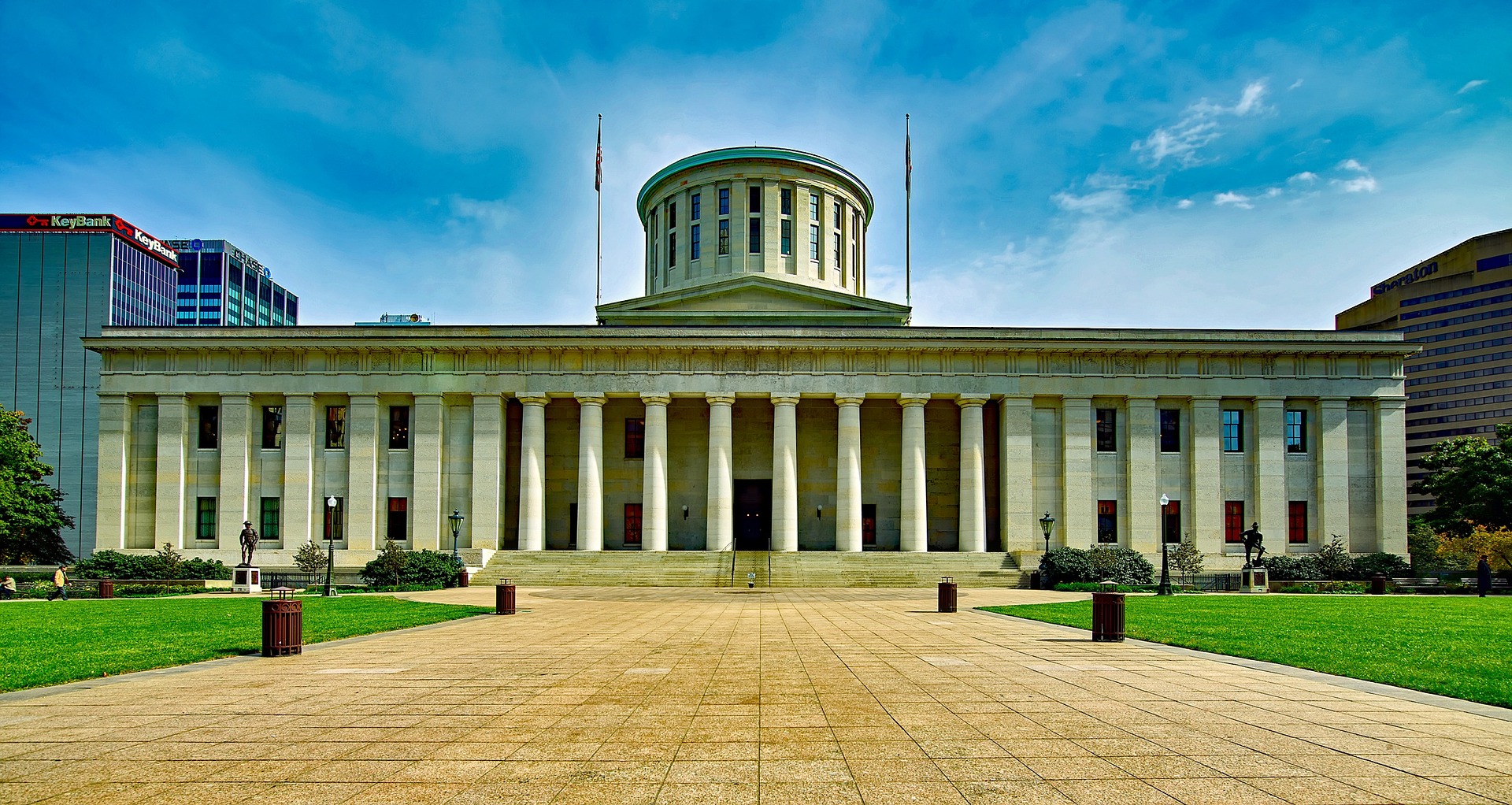Subverting Expectations: The Contemporary Rise of Absurdist Theater
Introduction: Absurdist theater, once a fringe movement, has now taken center stage. This article delves into the historical context, present developments, and the implications of this unique theatrical form that is reshaping the landscape of modern drama.

The Genesis of Absurdism
Absurdist theater, rooted in the existential philosophy of Albert Camus and Jean-Paul Sartre, emerged as a distinct genre in the mid-20th century. The post-world war era, characterized by disillusionment and a sense of meaninglessness, gestated a form of drama that mirrored the human condition. Absurdist playwrights like Samuel Beckett, Eugene Ionesco, and Harold Pinter explored the irrationality of life and the futility of human existence, creating a dramatic universe devoid of logic, coherence, and purpose.
The Resurgence of Absurdism
In recent years, absurdist theater has seen a resurgence, becoming a fixture in mainstream playhouses and independent theaters alike. Modern playwrights are experimenting with absurdist themes, presenting a critique of the contemporary socio-political environment. The climate crisis, the rise of authoritarianism, and the pandemic-induced existential dread have all played a part in this resurgence, as creators find in absurdism a fitting vehicle to express the collective sense of uncertainty and chaos.
Absurdism & The Modern Audience
Absurdist theater’s growing popularity is also a reflection of changing audience tastes. The modern viewer, more open to non-linear narratives and experimental forms, finds in absurdist plays a refreshing departure from traditional storytelling. As the absurdism gains traction, it is also influencing other genres, with elements of the absurd being incorporated into films, television shows, and novels.
The Impact of Absurdism
Absurdism’s rise is more than just a trend; it represents a fundamental shift in how we understand and engage with theater. This nonconformist genre challenges conventional notions of plot, character, and dialogue, pushing the boundaries of dramatic form. It invites the audience to engage with the work on a deeper level, to grapple with its ambiguities and contradictions, and to derive their own meanings.
The Future of Absurdism
Given the current global climate, the relevance of absurdist theater is unlikely to wane anytime soon. As it continues to evolve, this genre promises to keep pushing the envelope, offering audiences an unfiltered, albeit disconcerting, mirror to the world’s absurdities. The rise of absurdist theater is not just a testament to the adaptability and resilience of drama as a medium, but also a reflection of our collective desire to make sense of an increasingly unpredictable world.
In conclusion, the rise of absurdist theater is a significant development in the arts and entertainment industry. Its unique perspective on the human condition, coupled with its capacity to challenge and engage audiences, makes it a genre worth watching. Whether it will continue to grow in popularity or morph into something new remains to be seen. But for now, absurdist theater is here to stay, subverting expectations and redefining the boundaries of dramatic expression.





